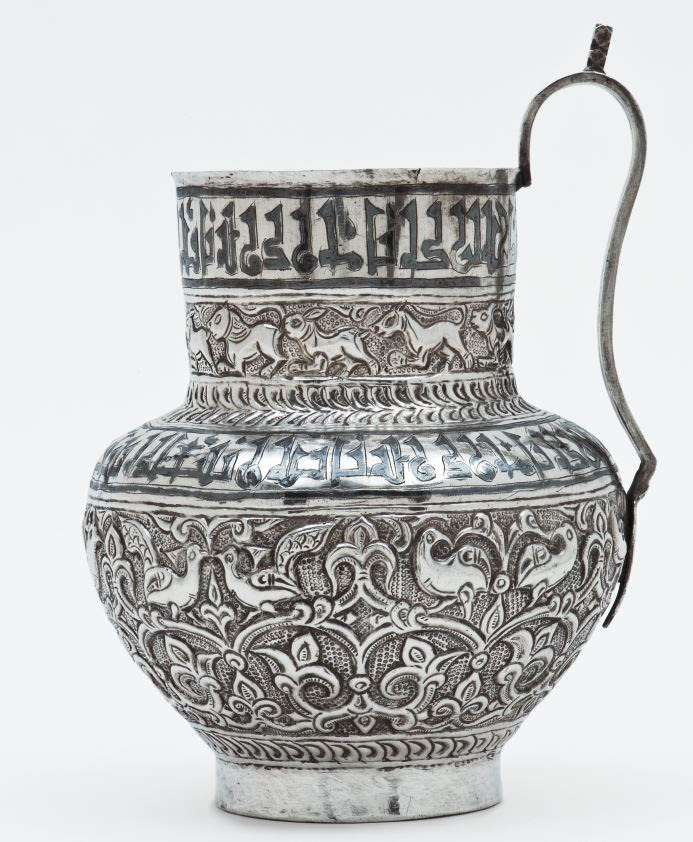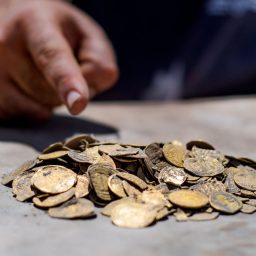Hundreds of rare Islamic artifacts that a Jerusalem museum pulled from the auction block last fall at the 11th hour are headed back to Israel for good thanks to a deal with a private foundation.
Last September, the Museum for Islamic Art in Jerusalem announced plans to deaccession some 268 objects from its collection through Sotheby’s London in an effort to stabilize its finances. The move quickly proved controversial. After public outcry from Israeli government and culture officials, the museum and its principal funder, the Hermann de Stern Foundation, postponed the sale at the last minute.
Now, the museum has entered into an agreement with the Al Thani Collection Foundation—a private organization created by Hamad bin Abdullah Al Thani (cousin to Qatar Emir Tamim bin Hamad Al Thani)—that will allow the artifacts to return to the institution.
As part of the deal, which Sotheby’s says it helped broker, the foundation will cover the auction house’s cancelation fee. When asked for more details, a representative from Sotheby’s said they were “unable to disclose specific information on the financial side of the agreement” before adding that the company reduced the fee “given the circumstances.”
Under the agreement, the Islamic art museum will loan an 11th-century silver pitcher to the Al Thani Collection Foundation for the latter’s new exhibition space at the Hôtel de la Marine in Paris for a period of at least 10 years.
The pitcher belongs to the famous “Harari hoard,” a collection of 20 10th- and 11th-century silver vessels once owned by collector Ralph Harari. Discovered in a large earthenware jar in northern Iran in the early 20th century, the objects are considered to be among the most important examples of early Islamic silverware.
Calling the deal a “truly momentous final outcome,” a spokesperson for the museum said in a statement: “The fact that the items will be returned… is a great achievement that comes as a result of long negotiations and goodwill of all concerned.”
In a statement released through Sotheby’s, a representative for the Al Thani Collection Foundation said the Jerusalem museum is a “fascinating institution that has captured our imagination. Their founding vision, which has endured over the decades, shares so many of our ideals for open exchange between cultures.” The spokesman declined to comment further on the deal to Artnet News.
After the museum’s deaccession plan—which was approved by the Israel Antiquities Authority—was announced last fall, numerous parties, including the state’s culture minister Hili Tropper and its president Reuven Rivlin, called for it to be halted.
Hashava, an organization dedicated to the restitution of artworks stolen during the Holocaust, petitioned the Israeli High Court of Justice to step in, arguing that the museum, the Hermann de Stern Foundation, the Antiquities Authority, and Sotheby’s violated the law governing the removal of cultural objects from the country. The petition was granted, and the parties were subsequently sent to mediation.
The Islamic art museum was established in 1974 by British-Jewish heiress Vera Salomons. It includes more than 5,500 objects in its collection, which spans the 7th to the 19th centuries.
Among the artifacts set to be deaccessioned were an 11th–12th century page from a Qur’an written in eastern Kufic script from Persia, and a calligraphic hanging pottery ornament from Turkey, circa 1480. Both were expected to fetch between £200,000 and £300,000 ($261,000–$392,000).









